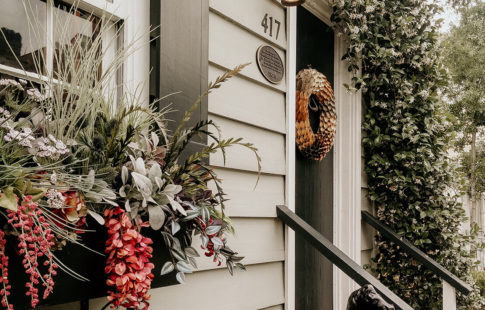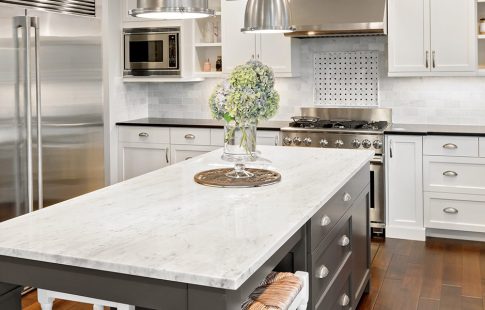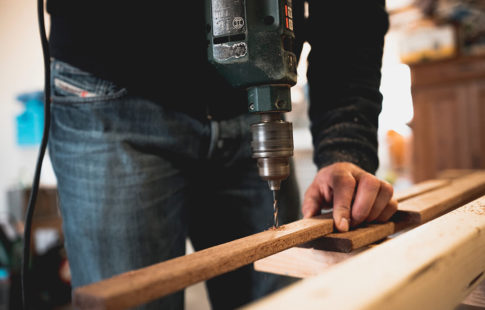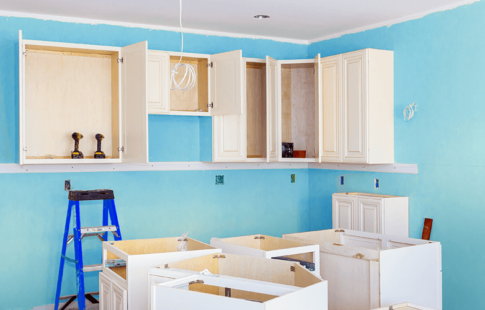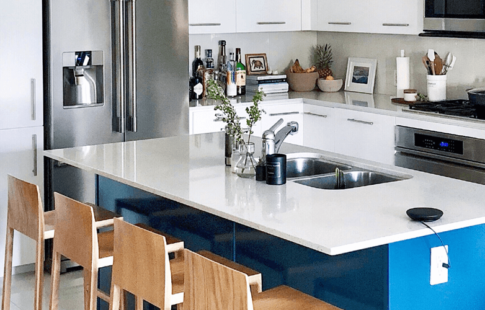Estimated reading time: 4 minutes
Don’t be fooled by the fast-shot, quick-reveal style of home remodeling you’ve seen on TV—despite what you may see, actually remodeling a house takes much longer than half an hour. Going into your home remodel with a solid plan of action can be a great way to keep yourself organized, as well as stay on budget and on time.
Mapping Out Your Plan of Attack
If you’ve remodeled a home or even just a room before, then you know that there’s a certain order in which you should complete projects. Here’s a loose outline you can follow:
Prework: Planning – One Month (Or More)
Before you start your home remodeling project, take a whatever amount of time feels right to really think through the renovations and improvements you’ll be making to your house. Sketch out a rough floorplan of your home as it is now, and go room by room to map out the things you want to change. From there, dissect each project—keeping in mind to distinguish between projects that you’re going to do yourself and those you’re going to hire professionals to complete—and try to anticipate how much money you might spend in each room. From there, you can build a realistic remodeling budget and start researching and interviewing contractors and subcontractors.
1. Demolish – 21 Days
If you plan to handle the demo portion of your home remodel yourself, a good rule of thumb is to budget about 3 weeks to get it all done. Remember that you’ll be making a pretty big mess, so consider renting a dumpster if you’re tearing up a substantial amount of walls, tile, flooring, cabinetry, or other built-ins. Make sure you have a method for your madness (and read up on safe demolition practices here). If you’re working with a professional builder to install new cabinetry or built ins, it’s smart to have them drop by after you demo so that they can measure and plan their portion of the work.
2. Behind-Wall Electrical & Plumbing – 4 Days
After you’ve finished demo, we suggest budgeting about four days for rough-in work—or all of the stuff that needs to be done behind your walls and under your flooring. Work closely with your contractors and subcontractors at this phase and lean on them for guidance about purchasing the right products and making other logistical decisions.
3. Framing & Drywall – 10 Days
Another great time to work closely with contractors and subcontractors is when all of the behind-the-walls work is complete and it’s time to close everything up. Budget at least 10 days for this process (and potentially longer, if you are changing the layout of rooms or building new walls). Generally, framing takes 3 to 5 days and drywalling takes about 5 days.
4. Painting – 5 Days
Make decisions about your color palette and buy paint and supplies in advance so you’ll be ready to start painting as soon as the drywall mud is dry. If you’re painting large areas or working with a contractor on this part of your home remodeling project, be sure to check that appropriate areas are taped and covered (as the use of professional paint sprayers often results in a lot of residue).
5. Fixtures & Cabinets – 10 Days
Once your paint dries, you’ll be ready to start the fun part of your home remodel: putting your home back together. Work with your contractors to install cabinets and countertops, and your electrician and plumbers to install fixtures, drains, and other necessities that you can’t DIY. If you’re not sure how to re-connect or reinstall anything that has been disconnected or moved during the course of your remodel, lean on the professionals to ensure your new updates are functional.
6. Door & Window Surrounds – 5 Days
Budget a few days after painting and completing your cabinets to installing door pilasters and window trim. Pro tip: Precisely measured lines make for sharp corners and tight joints. If you’ve done this before or don’t have many doors and windows to trim, you might be able to knock out this part of your home remodel in a weekend.
7. Light Cleaning – 1 Day
You’ll have accumulated a lot of dust and debris at this point, so take some time to use a shop vacuum and clean it all up. If you’ve accumulated debris in your vents, hire a professional to clean air vents and the furnace.
8. Flooring – 9 Days
If you’ve decided to invest in your flooring and tore up a bunch of carpet earlier in your home remodel, get excited to install those new floors. (Remember: Realtor.com says that the average return on investment for installing hardwood floors is 70 to 80 percent.) While laying hardwood floors is an exercise in patience and skill, installing highly durable laminate floors is relatively simple.
9. Trimming & Finishing – 7 Days
Finally, nail up trim and baseboards to finish out each of the rooms of your home remodel. Ta da!
If you’re planning a home remodel (or just thinking about getting started), do your research about what home renovations add the most value and how to get the most bang for your buck.


